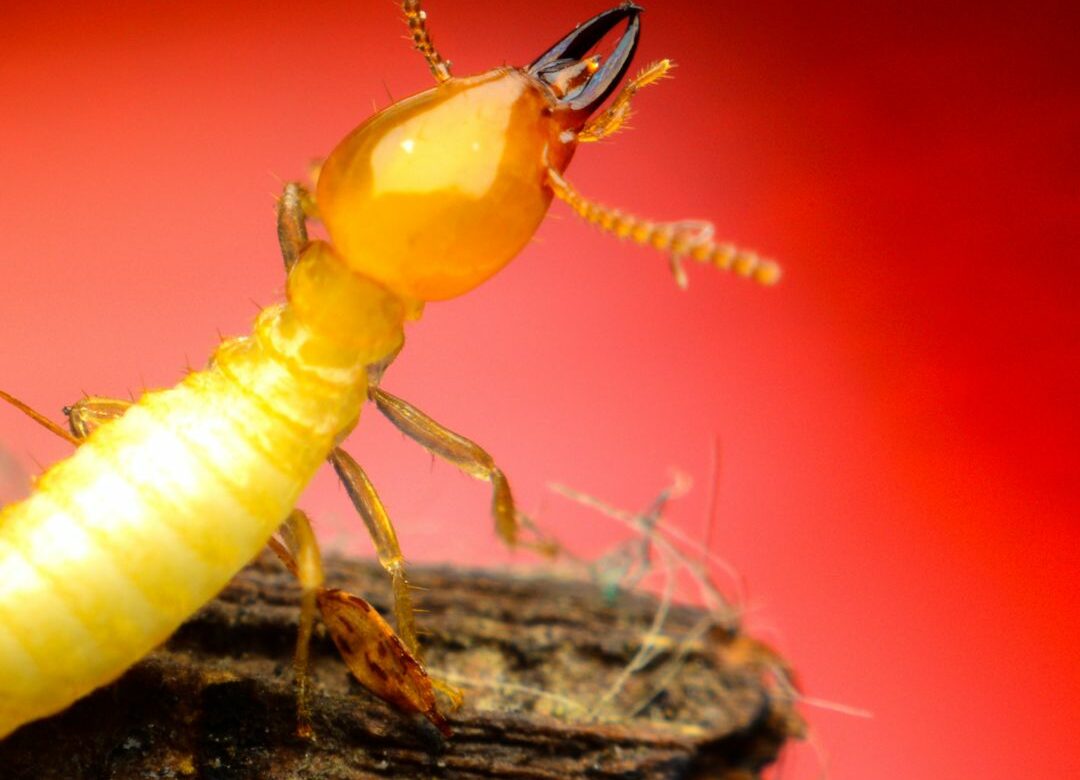A Termite-free Home is a Happy Home
Nobody wants unwelcome guests, especially when they can cause serious damage to your home. Termites are one such unwelcome guest. They are small in size, but their ability to wreak havoc on your property is enormous. Termites can cause substantial damage to the structure of your home, not to mention the financial costs that come with it. Thus, it is imperative to make your home less attractive to termites.
Understanding the Enemy: Why Are Termites Attracted to Your Home?
Termites are, essentially, wood eaters. They are drawn to your home mainly because it provides them with food and a conducive environment for nesting. But what specific aspects make your home attractive to these destructive pests?
1. Food Sources for Termites: Your House is a Buffet
A termite’s diet consists primarily of cellulose, a component found in wood and wood products. Your home, with its wooden structures, furniture, and other cellulose-rich materials, presents a veritable feast for termites. The greater the quantity and accessibility of these materials, the more enticing your home is to termites.
2. Moisture Levels: Creating a Perfect Environment
Termites thrive in damp and moist conditions. Leaky pipes, poor drainage, and high humidity areas in your home can create an ideal environment for termites to establish a colony.
3. Shelter and Warmth: Safety First
Your home provides a safe and warm refuge for termites. They are protected from predators and harsh weather conditions, and the warmth aids in their growth and reproduction.
How to Make Home Less Attractive to Termites: A Step-by-step Guide
Understanding what attracts termites to your home allows us to formulate effective strategies to make your home less appealing to these destructive pests.
1. Reduce Food Sources: Starve them Out
Reducing the amount of cellulose-rich materials in and around your home is an effective way to make your home less attractive to termites. Opt for termite-resistant wood when building or remodeling your home. Additionally, keep wood-based materials like firewood or lumber away from your home’s foundation.
2. Manage Moisture Levels: Dry It Up
Repair leaky pipes, improve your home’s ventilation, and ensure proper drainage around your home. These steps will reduce the moisture levels in your home, making it less hospitable for termites.
3. Regular Inspections and Maintenance: A Stitch in Time Saves Nine
Regular inspections by professional pest control services can help identify signs of termite activity early, saving you from costly repairs down the line. They can also provide preventative treatments to ward off future termite infestations.
FAQs: Quick Answers to Your Termite Concerns
1. Q: What is the first sign of termites in your home?
A: The first sign of termites may include the presence of mud tubes on the exterior walls, wood that sounds hollow when tapped, and discarded wings from swarmers.
2. Q: How frequently should I have my home inspected for termites?
A: It is generally recommended to have your home inspected for termites once a year, or more frequently if you live in a high-risk area.
3. Q: Can I treat termites myself?
A: While there are DIY solutions available, professional termite treatments are often more effective due to their extensive knowledge and specialized equipment.
4. Q: How much does a termite treatment cost?
A: The cost of termite treatment can vary depending on the extent of the infestation and the treatment method. It can range from $200 to $5000.
5. Q: How long does a termite treatment last?
A: On average, a professional termite treatment can last about 5 years. However, regular inspections and maintenance are crucial for continuous protection.
6. Q: Does homeowner insurance cover termite damage?
A: Most homeowner insurance policies do not cover termite damage, which is considered preventable through proper home maintenance.
Conclusion: The War Against Termites is Winnable
It’s clear that making your home less attractive to termites involves understanding their preferences and habits and then turning your home into a termite-unfriendly environment. Remember, an ounce of prevention is worth a pound of cure. Don’t wait for a termite infestation to start implementing these strategies; begin today to protect your home from these destructive pests.

